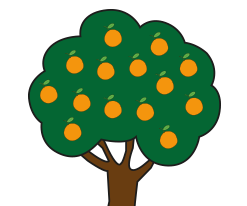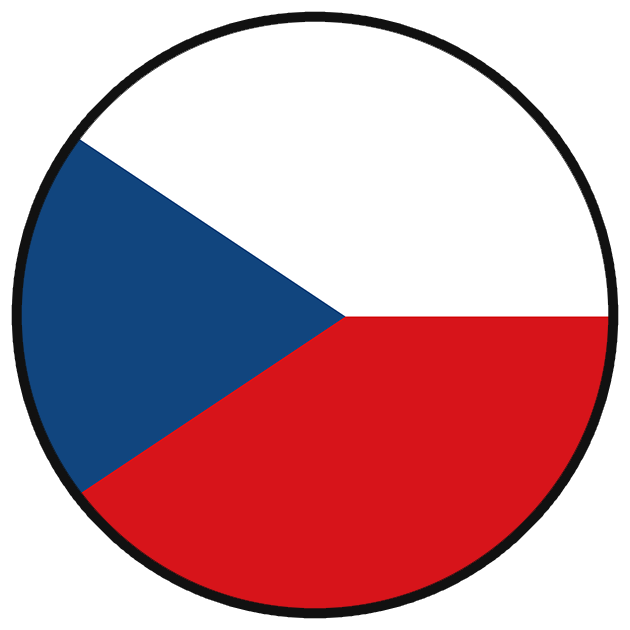We love the time when our fields are a lush green and we see the fresh fruit on the branches in a bright orange. In our fields, we harvest oranges from both the navel and the “white orange” family. The Salustiana fruits belong to the white orange family. This naturally raises the question of how the varieties differ.
(In the photo, you can see a Salustiana (white orange) orange at the top and a Navel Lane Late (Navel orange) at the bottom)
Navel Oranges:
Navel oranges are characterized by their distinctive “belly button/navel” opening at the bottom (as clearly seen in the left photo). This “navel” opening not only gives the fruit its name but also makes it easily recognizable. The taste of Navel oranges is sweet and slightly acidic. Depending on the harvesting time, the fruits may have more or less acidity.
The Navel family is extensive, and on our fields, we have Navelina, Navel de Foyos, and Navel Lane Late.
Approximate Harvest Time: December – April
Salustiana Oranges:
Salustiana oranges, often known as juice oranges, are a different variety. Due to their slightly lower limonin content, the juice does not taste bitter. Limonin is a bitter compound found in the peel of oranges and can easily get into the juice when squeezed. Unlike Navel oranges, Salustiana has a rounder shape without the characteristic navel opening. These oranges are particularly juicy and, compared to other varieties, have a sweeter taste with a hint of acidity. Due to their juiciness, they are a popular choice for making freshly squeezed orange juice. However, we do not want to reduce this variety to its juice content. Just like Navel fruits, Salustiana can be enjoyed as is and be used to enhance dishes.
Approximate Harvest Time: December – March
Navel or Salustiana?
Both!
Both varieties represent the rich variety of the citrus world, each bringing its unique advantages. Both varieties have abundant, fresh, and juicy flesh.
Due to the heat and lack of rain last summer, the fruits hardly differ in size. Both varieties are usually seedless. If there are seeds present, it is often due to cross-pollination. When pollinators visit other citrus trees before pollinating our trees, it promotes seed development and serves as a wonderful reminder of nature.
Regardless of whether you choose Navel or Salustiana, you can be sure that you are getting a piece of sunshine from our regenerative fields. The fruits are grown following ecological guidelines, and you can also use the peel without concerns.





 My account
My account 

































